Arterial Disease / PAD
Advancements in interventional radiology now allow us to treat PAD in ways we never could before, effectively clearing plaque out of the arteries to restore blood flow and helping give patients back their mobility and freedom.
We offer treatments for the following conditions:
Arterial Disease / PAD![]()
cancer care![]()
cardiac conditions![]()
compression fractures![]()
Enlarged Prostate / BPH![]()
Podiatry![]()
liver cancer![]()
Neuropathy![]()
Uterine fibroids![]()
Varicocele![]()
Varicose Veins![]()
Peripheral Artery Disease (PAD) is a progressive circulatory condition where plaque builds up in the arteries of the lower extremities, reducing blood flow to the legs and feet. Without the proper nutrients from the blood supply, tissues like nerves and muscles are unable to properly perform their functions. If left untreated, PAD can lead to serious complications like amputation.
Symptoms of PAD
PAD is often overlooked because people believe that it’s a sign of aging. Some can no longer tolerate walking because of pain or cramping in one or both of their legs. Some have a burning or aching pain in their feet and toes while they’re resting or lying in bed. The pain is often so severe it forces them to stop and rest before they’re able to move on, or to get out of bed to let gravity help the blood get down to their feet.
Other symptoms of PAD may be confused with conditions like neuropathy. If you have any of the following symptoms, make an appointment with one of our interventional radiologists to be checked for PAD.
- Painful cramping in one or both legs that occurs when walking or exercising, but that goes away when you rest. It can occur in the hips, thighs, or calves.
- Weakness or numbness in the legs
- Burning, tingling, prickling, or numbness in the feet or toes
- One foot is colder than the other
- Sores on the feet or toes that won’t heal
- Skin changes on the legs or feet
- Shiny skin on the legs
- Slower hair growth on the legs
- Slower toenail growth
- Erectile dysfunction in men
Treatment for PAD
Because PAD is tied to your overall cardiovascular health, treatment often focuses on factors that reduce cholesterol and improve heart health. These include cholesterol and blood pressure medications, a heart-healthy diet, and regular exercise.
These changes will help to manage symptoms and slow the progression of the PAD, but at CiC we offer treatments that remove plaque from your arteries. As blood flow is restored, the pain and other symptoms lessen and eventually may go away completely.
To see if you have PAD, studies to evaluate blood flow are often ordered. When needed, re-vascularization will be done to improve flow. There are several procedure options that can be done in our office setting. These minimally invasive procedures help increase the flow of blood. Once this occurs, symptoms begin to lessen and, in many cases, go away.
Patients are home within hours and back to everyday activities with almost no downtime, no stitches, and minimal restrictions. Medicare as well as most insurance plans cover the treatment.
The procedure options include the following. Your doctor will discuss which is best for you.
Angioplasty. Angioplasty is routinely performed on other major arteries in the body. We perform it on the arteries supplying the lower body to restore blood flow to the legs and feet. Through a small nick in your upper thigh, your doctor inserts a narrow, flexible tube with a tiny balloon at the end. Using real-time imaging, the tube is guided to the narrowed area of your peripheral artery. Once in place, the balloon is inflated. This compresses plaque against the artery walls, widening the space for blood to flow.
Stenting. Along with angioplasty, a stent may be placed to ensure the artery remains open. Through the same tube, a tiny mesh “cage,” called a stent, is inserted into the artery. The stent provides support to the artery to help it remain open.
Atherectomy. Recent advancements in interventional radiology allow us to physically remove plaque from the artery walls. Using tiny tools on the end of a thin, flexible catheter, our endovascular specialists can scrape or drill plaque away from the artery walls, effectively clearing out the artery so blood can flow normally, all the way to your toes.
